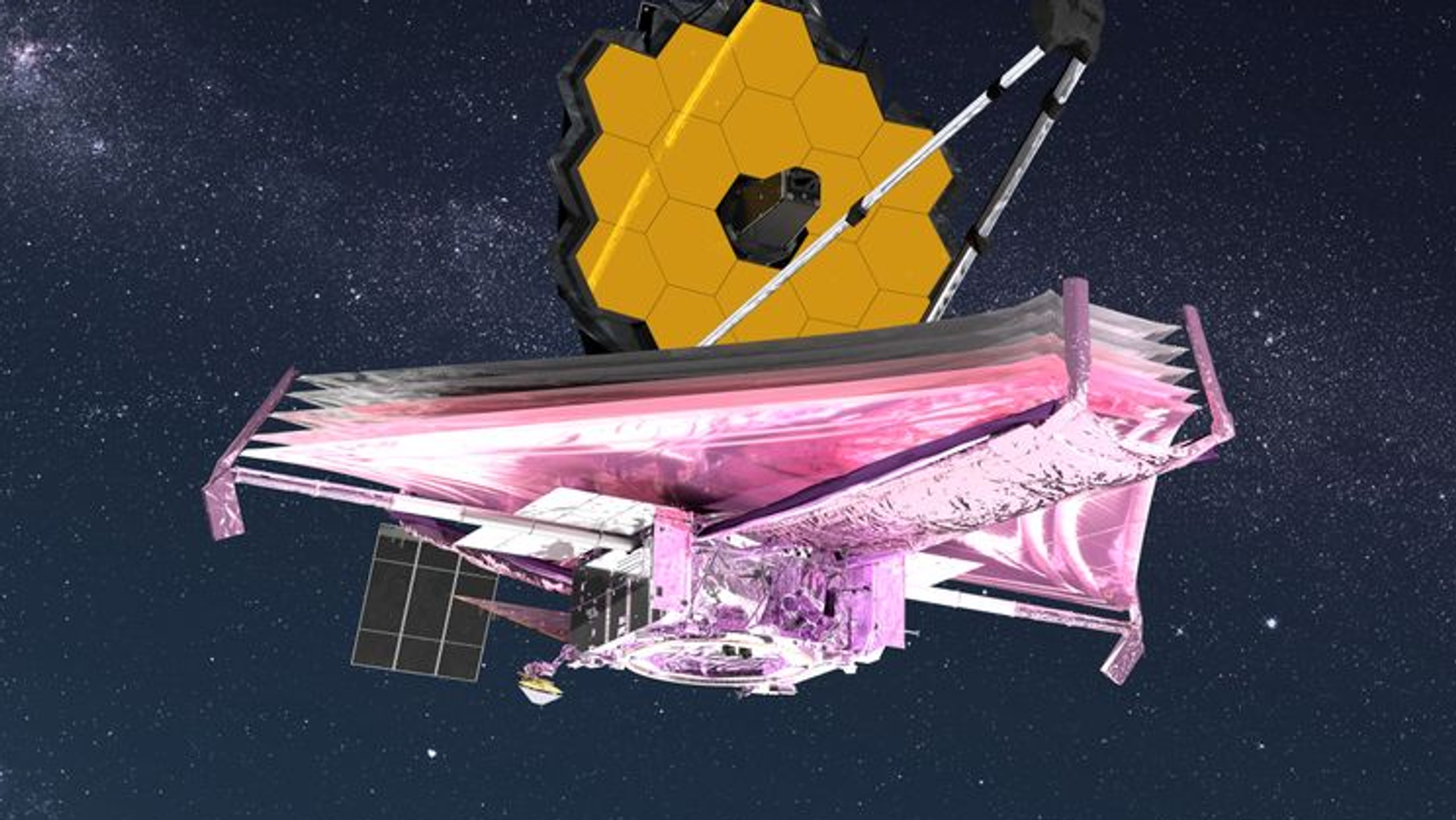https://sputnikglobe.com/20221216/new-detailed-image-of-distant-galaxies-procured-through-james-webb-telescope-1105532077.html
New Detailed Image of Distant Galaxies Procured Through James Webb Telescope
New Detailed Image of Distant Galaxies Procured Through James Webb Telescope
Sputnik International
The researchers behind the program that yielded the picture now hope to observe the area of space further with the James Webb mission. 16.12.2022, Sputnik International
2022-12-16T19:01+0000
2022-12-16T19:01+0000
2022-12-16T19:02+0000
science & tech
james webb space telescope
galaxies
image
https://cdn1.img.sputnikglobe.com/img/07e6/01/04/1092025504_0:91:744:510_1920x0_80_0_0_dab27cd7b746f1d40475c2dc24d4b99d.png
NASA’s James Webb Space Telescope has provided mankind with yet another spectacular image from the depths of space.The picture in question is one of the first medium-deep wide-field images of the cosmos, depicting the North Ecliptic Pole area of the celestial sphere.The term “medium-deep” in this particular context refers to “the faintest objects that can be seen in this image," which are around “one billion times fainter than what can be seen with the unaided eye," a statement shared on NASA’s website clarified.The image, which comes from the Prime Extragalactic Areas for Reionization and Lensing Science program (PEARLS), features numerous galaxies in unprecedented detail.Commenting on this development, Rolf Jansen, a research scientist at the Arizona State University and co-investigator at PEARLS, expressed hope that the field shown in the image will be subjected to further monitoring by the James Webb mission, “to reveal objects that move, vary in brightness, or briefly flare up.”“Such monitoring will enable the discovery of time-variable objects like distant exploding supernovae and bright accretion gas around black holes in active galaxies, which should be detectable to larger distances than ever before,” added Anton Koekemoer, a research astronomer at the Space Telescope Science Institute who is also involved in the PEARLS program.
Sputnik International
feedback@sputniknews.com
+74956456601
MIA „Rosiya Segodnya“
2022
Sputnik International
feedback@sputniknews.com
+74956456601
MIA „Rosiya Segodnya“
News
en_EN
Sputnik International
feedback@sputniknews.com
+74956456601
MIA „Rosiya Segodnya“
Sputnik International
feedback@sputniknews.com
+74956456601
MIA „Rosiya Segodnya“
science & tech, james webb space telescope, galaxies, image
science & tech, james webb space telescope, galaxies, image
New Detailed Image of Distant Galaxies Procured Through James Webb Telescope
19:01 GMT 16.12.2022 (Updated: 19:02 GMT 16.12.2022) The researchers behind the program that yielded the picture now hope to observe the area of space further with the James Webb mission.
NASA’s James Webb Space Telescope has provided mankind with yet another spectacular image from the depths of space.
The picture in question is one of the first medium-deep wide-field images of the cosmos, depicting the North Ecliptic Pole area of the celestial sphere.
The term “medium-deep” in this particular context refers to “the faintest objects that can be seen in this image," which are around “one billion times fainter than what can be seen with the unaided eye," a statement shared on NASA’s website clarified.
The image, which comes from the Prime Extragalactic Areas for Reionization and Lensing Science program (PEARLS), features numerous galaxies in unprecedented detail.
Commenting on this development, Rolf Jansen, a research scientist at the Arizona State University and co-investigator at PEARLS, expressed hope that the field shown in the image will be subjected to further monitoring by the James Webb mission, “to reveal objects that move, vary in brightness, or briefly flare up.”
“Such monitoring will enable the discovery of time-variable objects like distant exploding supernovae and bright accretion gas around black holes in active galaxies, which should be detectable to larger distances than ever before,” added Anton Koekemoer, a research astronomer at the Space Telescope Science Institute who is also involved in the PEARLS program.



